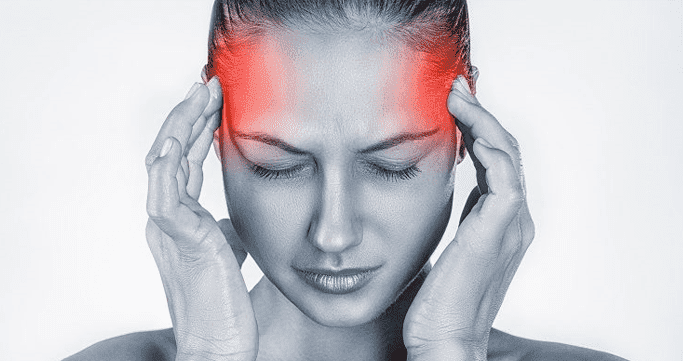
Everyone gets a headache from time to time, sometimes caused by fatigue, stress, illness or trauma. But chronic headache that persists over time should not be ignored. It can indicate structural or mechanical issues that can lead to more serious symptoms down the road.
Cervicogenic headache does not originate in the head, but rather in the third occipital nerve that runs between the second and third cervical vertebra. It is a common site for trauma related injury like whiplash, where the neck hinges forward and back with excessive force, causing inflammation and putting pressure on the nerve.
Cervicogenic headache may also be caused by weak muscles, poor posture and harmful habits like excessive texting, which forces the head forward from the center of the shoulders, increasing its relative weight by two to four times, and placing stress on the neck (a condition called Text Neck). Forward head posture places strain on the muscles, ligaments, discs and joints of your neck, causing inflammation and irritating the nerves in your neck and head.
A cervicogenic headache differs from a migraine or cluster headache in that it does not involve nausea or sensitivity to light and sound. Some of the symptoms of cervicogenic headache include:
There are a few simple strategies that may help relieve cervicogenic headache pain:
Chiropractic adjustments and physical therapy may also help alleviate cervicogenic headaches and reduce damage and inflammation in the area around the third occipital nerve.
Dr. Lev Kalika is a world-recognized expert in musculoskeletal medicine. with 20+ years of clinical experience in diagnostic musculoskeletal ultrasonography, rehabilitative sports medicine and conservative orthopedics. In addition to operating his clinical practice in Manhattan, he regularly publishes peer-reviewed research on ultrasound-guided therapies and procedures. He serves as a peer reviewer for Springer Nature.
Dr. Kalika is an esteemed member of multiple professional organizations, including: